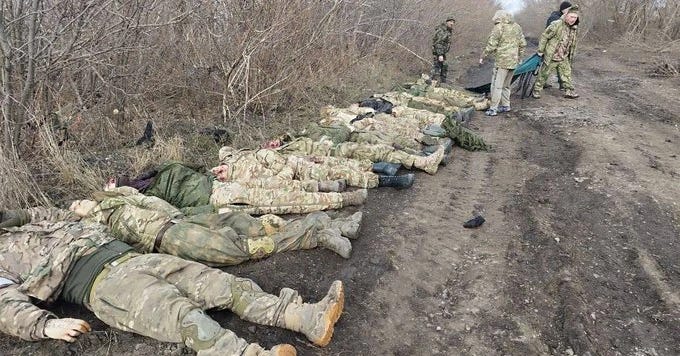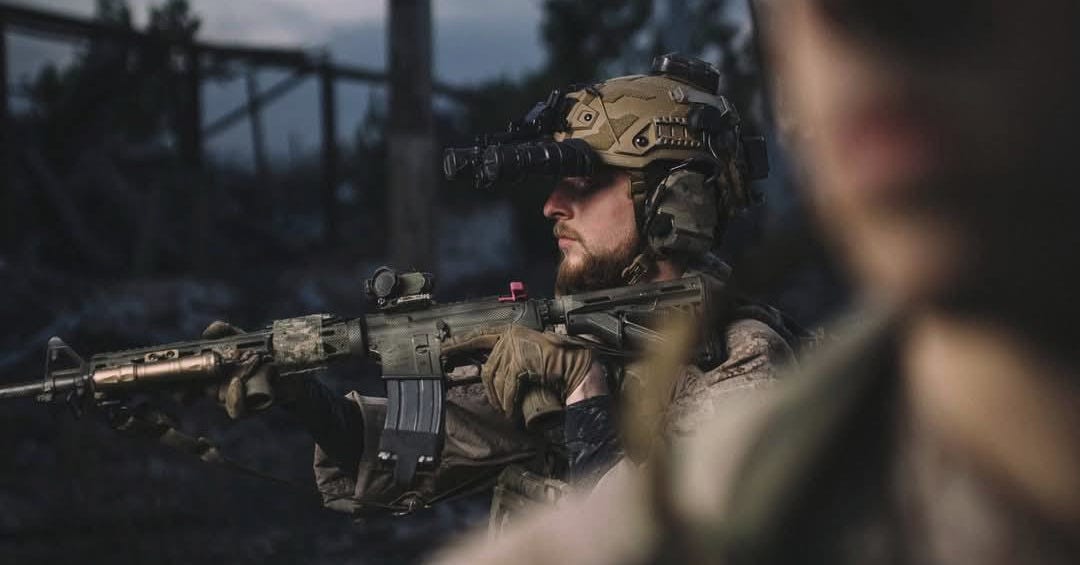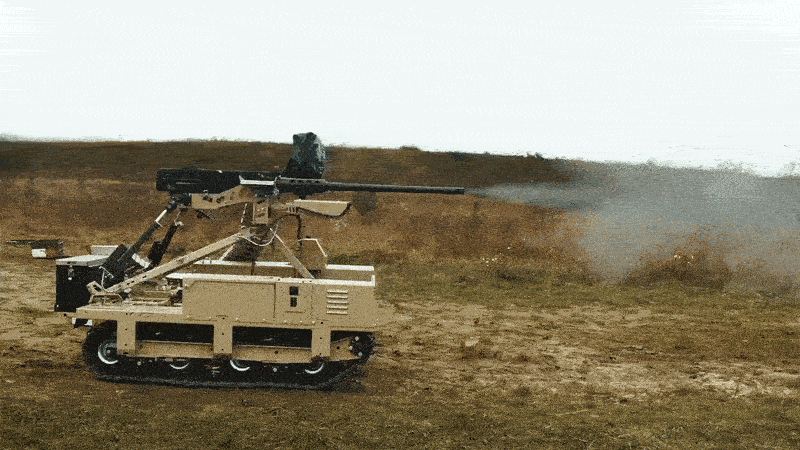100,000 Russian Troops Died in Ukraine Between January and July
That's more than 500 troops killed in action every day for nearly 200 days
100,000 Russian troops have died in combat in Ukraine since the New Year, U.S. Secretary of State Marco Rubio revealed Thursday.
“On the Russian side, they’ve lost 100,000 soldiers—dead, not injured—dead,” Rubio said while defending U.S. Pres. Donald Trump’s repeated and failed attempts to get Russia to agree to a ceasefire.
“On the Ukrainian side, the numbers are less but still very significant,” Rubio added. Russia suffered its millionth casualty in Ukraine back in June. Ukraine’s own losses are probably around half that.
The tally of Russian dead comes as Russian commanders shift to infantry-first assaults across the artillery-pocked, mine-infested, drone-swarmed front line of Russia’s 41-month wider war on Ukraine.
After losing more than 20,000 armored vehicles and other heavy equipment to Ukraine’s artillery, mines and drones, the Russians pivoted to infantry assaults in order to preserve the few thousand combat vehicles they have left.
But infantry assaults are costly—not in armor, but in bodies. The numbers are proof.
Rubio’s tally of Russian dead is consistent with the Ukrainian government’s own tally. The Ukrainian general staff in Kyiv counted 205,000 Russian casualties—both killed and wounded—between Jan. 1 and Friday.
While many armies suffer three wounded for every battlefield death, it’s not shocking that as many Russian troops get killed as get injured. Medical evacuation isn’t exactly a priority in Russian regiments. “They did not take the wounded from the battlefield,” one Russian doctor recalled. “They rotted and died there.”
Incredibly, the Russian armed forces are still managing to fully replace the 30,000 troops they lose every month—half dead, half hurt.
Buying bodies
Record enlistments are “driven by high sign-on bonuses and speculation that the war will soon be over,” explained Janis Kluge, the deputy head of the Eastern Europe and Eurasia Division at the German Institute for International and Security Affairs.
“Recruitment is driven by huge payouts—sums of money most Russians have never seen in their lives,” pointed out Artur Rehi, an Estonian analyst who has assisted Ukrainian forces on a volunteer basis.
Last year, Russian Pres. Vladimir Putin boosted the baseline enlistment bonus to 400,000 rubles, which is 10 months of income for the median Russian. The average bonus is much higher: 1.4 million rubles. That’s nearly three years of income for many Russians.
Manpower is abundant in Russia because money is abundant. But demechanized infantry lack operational mobility. They can’t cover a lot of dangerous terrain quickly the way fully mechanized forces can.
Devolving into a footborne force, the Russian military is already struggling to achieve major breakthroughs along the 700-mile front line.
“It certainly becomes much harder to achieve any sort of … call it a big and beautiful breakthrough,” commented Ukrainian-American war correspondent David Kirichenko. “When I was on the front and just seeing these zombie assaults conducted by the Russians, they just send in waves of these soldiers and I mean the drones picked them off.”
“The Russians hoped that with enough charges, enough soldiers over a few weeks can maybe gather into the bunker of a building—and when they get there, they start digging in really, really deep and try to build trenches,” Kirichenko added.
“Over time, once they have enough soldiers that aggregate in that area and they’re ready to assault the neighboring street the Russians will launch glide bombs, launch artillery fire, [launch] everything that they have and allow their soldiers to conduct these meatgrinder assaults, street by street, and to try to take territory very slow.”
It’s easy to see how such tactics practically pave the battlefield with Russian dead. Right now, that human pavement is plentiful in Russia—because there’s plenty of money to pay for it.
For now.
Enlistment bonuses cost Russia more than $8 billion a year. The Russian economy is worth just $2 trillion annually. If the United States spent the same proportion of its national wealth on enlistment bonuses that Russia does, it’d shell out no less than $112 billion. That’s more than 10% of America’s annual defense budget.
No one knows for sure how long the money and good vibes are sustainable in Russia. But there are signs of stress.
“Yes, we’ve got a cooling down now,” Maksim Reshetnikov, Russia’s top economic official, said at the St. Petersburg International Economic Forum in June. “Based on current business sentiment, it seems to me we are on the brink of transitioning into recession.”
“We are colliding with a large number of problems, which today we can call a perfect storm,” added German Gref, the head of the state-owned Russian banking giant Sberbank.
What happens to the already-slowing Russian war effort when the money runs out—and the Kremlin can’t just buy fresh troops?
Read more:
An All-Robot Ukrainian Assault Team Terrorized Russian Troops Into Surrendering
Back in December, a Ukrainian brigade orchestrated the first-ever all-robot combined-arms assault, mixing unmanned ground vehicles and unmanned aerial vehicles for an attack on Russian positions in Kharkiv Oblast in northern Ukraine.







